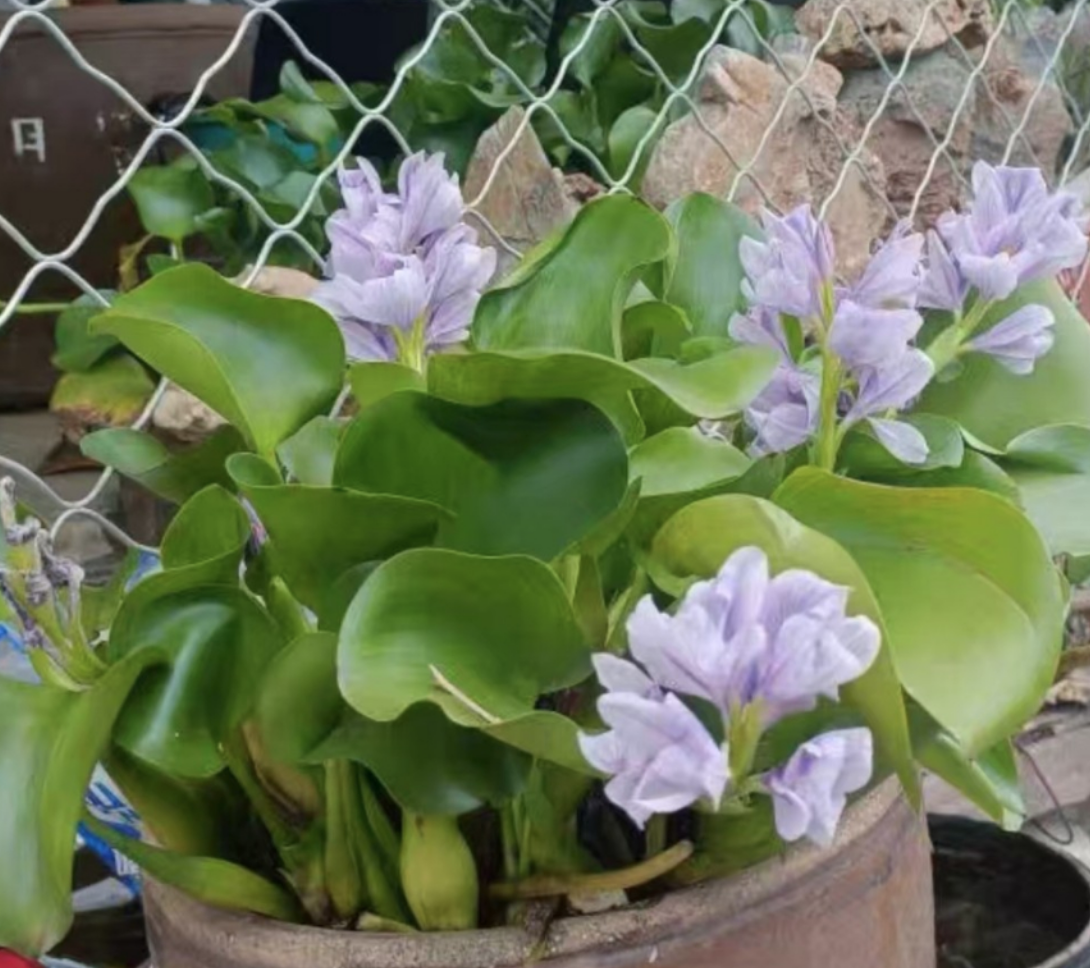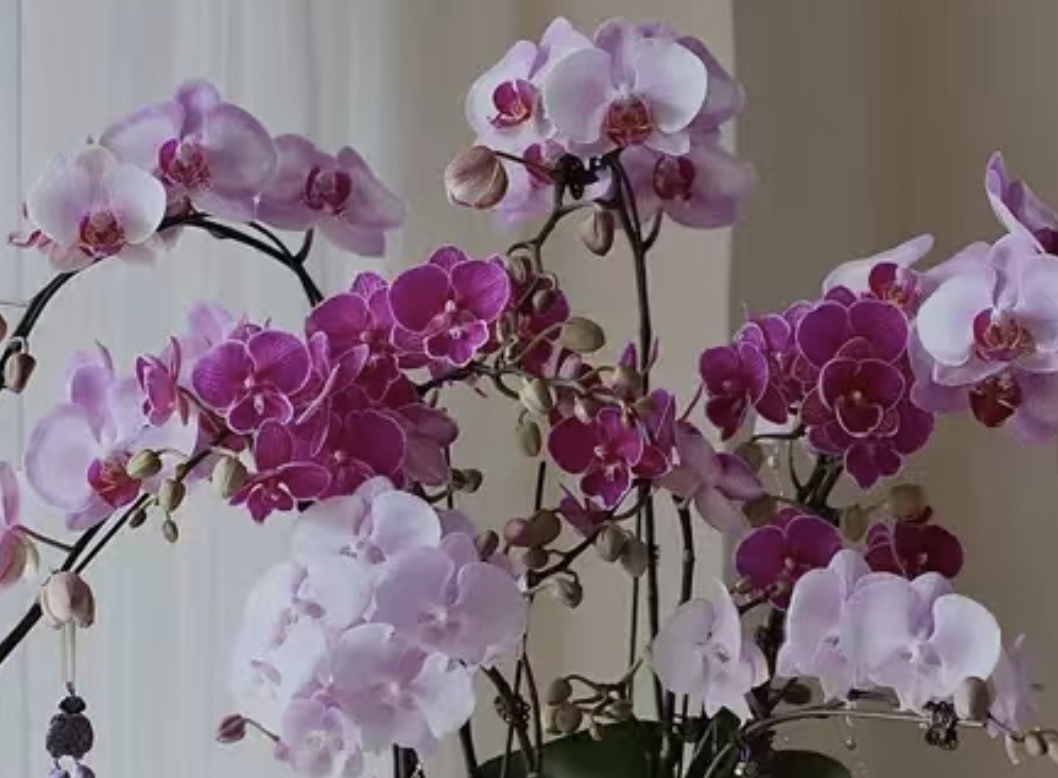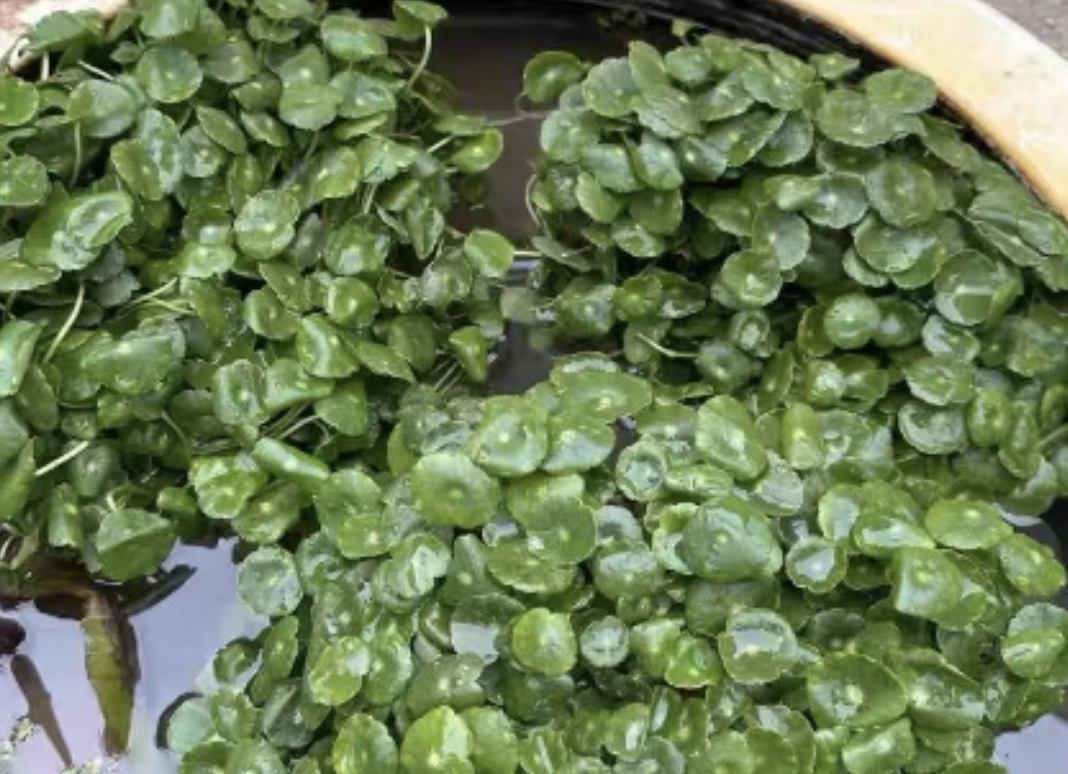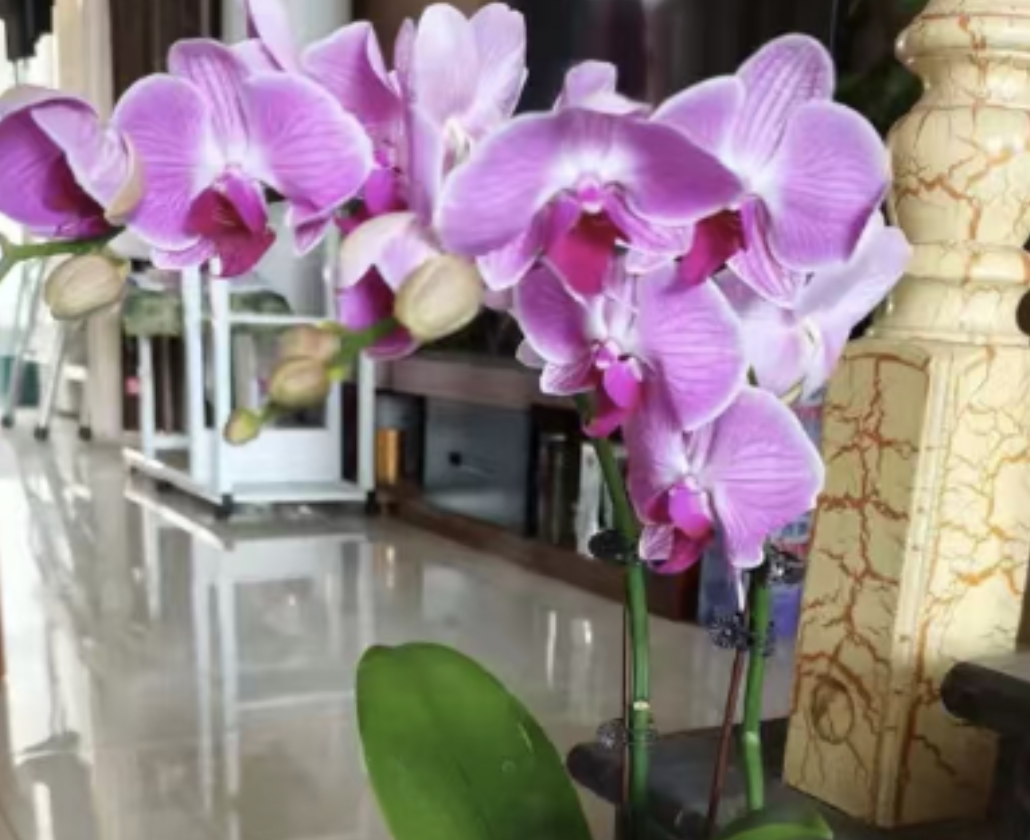Today, we're going to introduce a perennial herb that can be used both as medicine and food. It's called Eichhornia crassipes, also known as water hyacinth. Native to South America, it's considered an invasive species. However, in northern regions, plant enthusiasts regard it as a precious item. The reason is that it can be grown in water tanks and has high medicinal value. In traditional Chinese medicine, its whole plant and roots can be used as medicine. It has the effects of dispelling wind - heat, promoting diuresis, and clearing heat and detoxifying. It is usually used to treat symptoms such as wind - heat cold, edema with oliguria, rubella sores, etc.
Eichhornia crassipes has well - developed roots, and its leaves often float on the water surface. After blooming, its flower colors include red, pink, white, yellow, blue, etc. Its flower language represents purity, nobility, and tranquility. It can be easily purchased in the flower market. In terms of daily maintenance:
Firstly, it prefers a hot and humid climate and has a certain degree of cold tolerance. The suitable survival temperature is around 16 - 34 degrees Celsius. It can also grow when the temperature exceeds 35°C. When the temperature is below 10 degrees, it basically enters a semi - dormant state and stops growing. At this time, watering should be adjusted to keep the soil dry.
Secondly, regarding the soil, it likes to grow in shallow water and fertile ponds. A water depth of about 30 centimeters is appropriate. It can grow in shallow water all year round. In nature, it can even grow in water bodies with a relatively large flow rate. In wetlands, its roots will take root in the silt. When grown in a fish tank, it drifts with the water, giving a very pleasant look.
Finally, for aquatic herbs like Eichhornia crassipes, generally, there is no need to fertilize them. Also, pay attention to pests and diseases. Generally, diseases rarely occur. But if the overall environmental temperature is low or the air circulation is poor, pests like the cabbage caterpillar may appear. Once the pests emerge, they will gnaw on the young leaves. When the number is small, they can be caught with a filter screen. If it becomes a common problem, Rogor emulsion should be used for extermination.
In terms of being used both as medicine and food, apart from the medicinal value mentioned above, Eichhornia crassipes is rich in nutrients such as crude protein, crude fat, and crude fiber. So, it is also a nutritious food ingredient. During its flowering period from August to September, the young leaves and flowers can be picked and eaten directly. It tastes fresh and refreshing, and it is beneficial for relieving constipation.
The three simplest steps to grow Eichhornia crassipes at home

Share with
Tagged in :




Leave a Reply